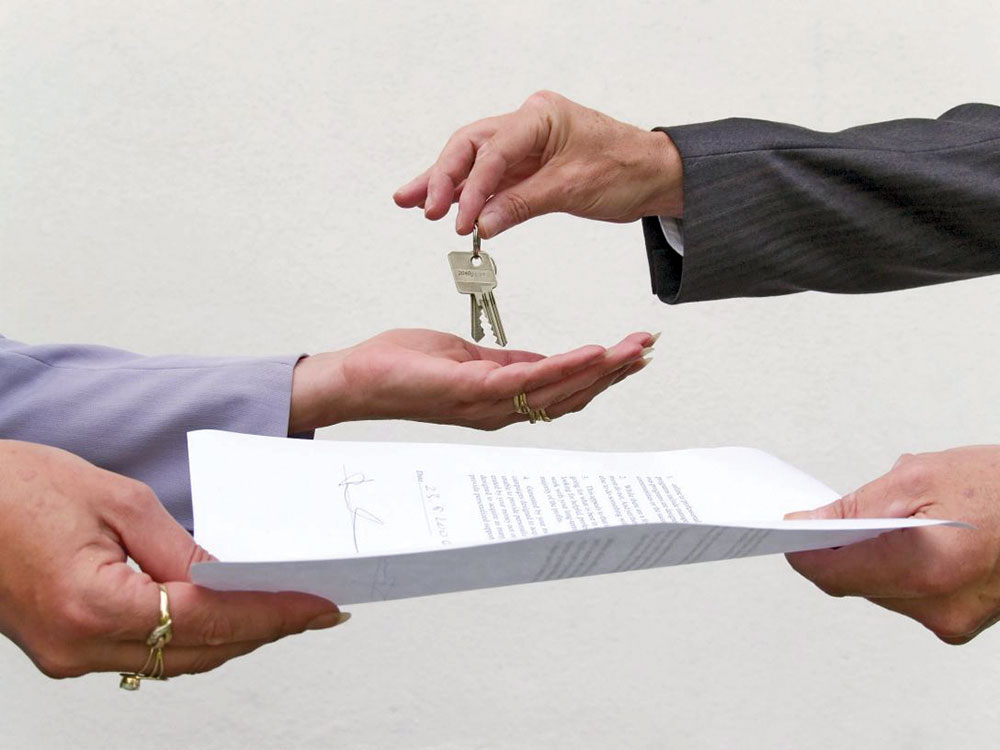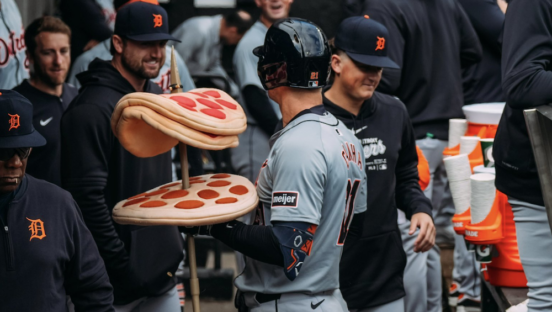QUESTION:
I’m thinking about selling my pizzeria. What can I do to increase its value to a potential buyer?
ANSWER:
If you’ve been following my articles over the past several years, you’ve noticed a recurring theme: Your business will consume you unless you develop a system that anyone can successfully duplicate, whether you’re there or not. Otherwise, you’re not running your restaurant—your restaurant is running you.
This is especially important if you’re looking to sell your operation. Before trying to find a buyer, you should take a close look at your restaurant. Consider all the details of the operation that you personally handle during any given day, week or month, and ask yourself, “Would a buyer want to duplicate my system?” If no orderly process is in place—for managing paperwork, generating supplier orders, scheduling employees, filling in when waitstaff doesn’t show up, etc.—then the answer is probably no.
Buyers want simple operations that can be easily duplicated anywhere. They are typically younger, and they’re accustomed to using the latest technologies to operate a business. They’re not looking for another job—they’re seeking an idiot-proof operation with turnkey systems in place that can generate a profit in any location.
Join the discussion: I just tried to buy my first pizza place
When a potential buyer asks me to check out a restaurant for sale, I’ve been known to approach the owner’s spouse and ask, “Would you advise a close friend to open a restaurant like yours?” If the answer is no, that probably means the owner works 18 hours a day, seven days a week; has limited time with his family; and struggles to pay his personal bills due to inconsistent cash flow. Why would a buyer want to jump out of his own frying pan into your fire?
With that in mind, grab a notebook and start writing down all of the tasks that you perform. Take detailed notes about how these tasks must be done and who can get them done. Start with the simplest tasks—such as maintaining clean bathrooms—and add to the list until all tasks have been written down and you have identified an individual that can take your place when you’re not present. The list may take a year to complete, so get started now! When a buyer knocks on your door, you can simply hand them your notebook. You’ll be able to get top dollar, and you won’t have to stick around and train the new buyer!
QUESTION:
What is the current valuation model for restaurants?
ANSWER:
Most franchise restaurant operations, which usually already have proven systems in place, use a “weekly gross” model. For example, if a restaurant generates an average of $10,000 per week and the market is paying 30 times weekly gross revenue, then the initial starting point for this restaurant is typically $300,000.
Read: Risk vs. Reward — Putting A Price Tag On Your Business
For operations that do not have established systems in place, the revenue model for buyers is a multiple, such as three to five times, of average net income generated over the past several years. Since the NRA states that the average independent restaurant generates a 3.9% net income at $520,000 in annual sales, the estimated net income from operations would be $20,280 annually, and the restaurant would be valued at between $60,840 and $101,400.
So, if you put a system in place that a buyer can follow once you’re gone, you can move towards the “weekly gross” model in the event of a future sale. I’d take that option!















